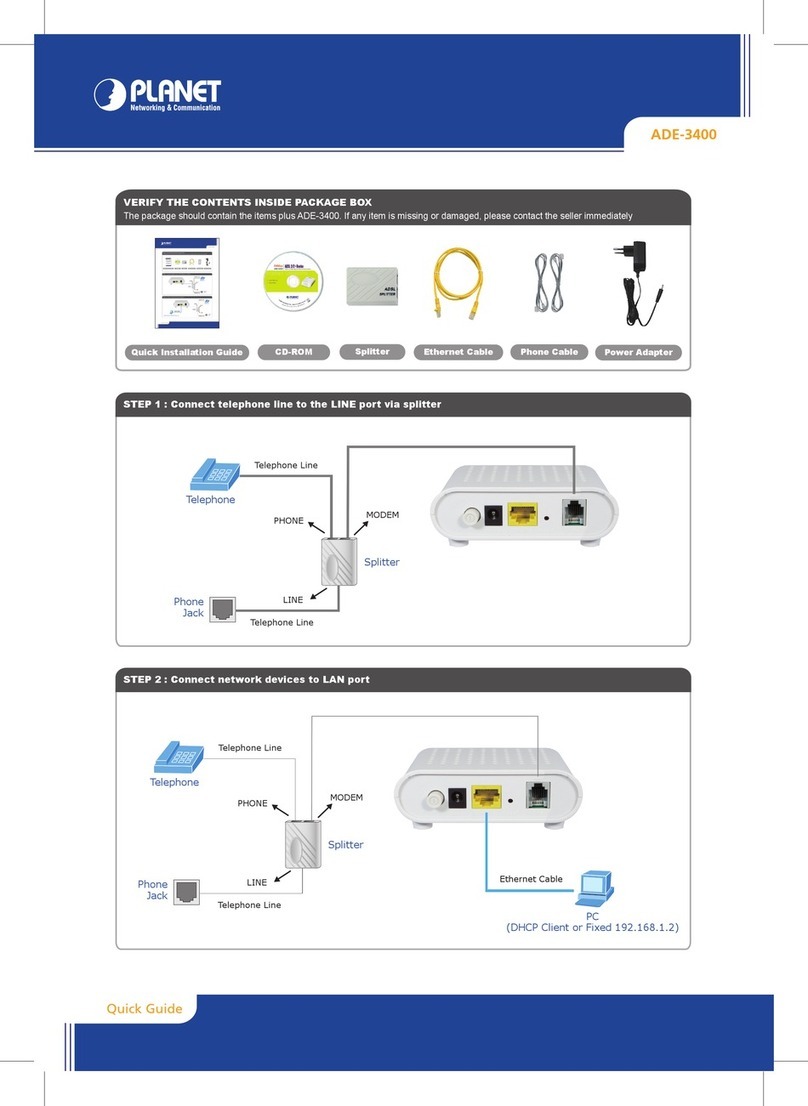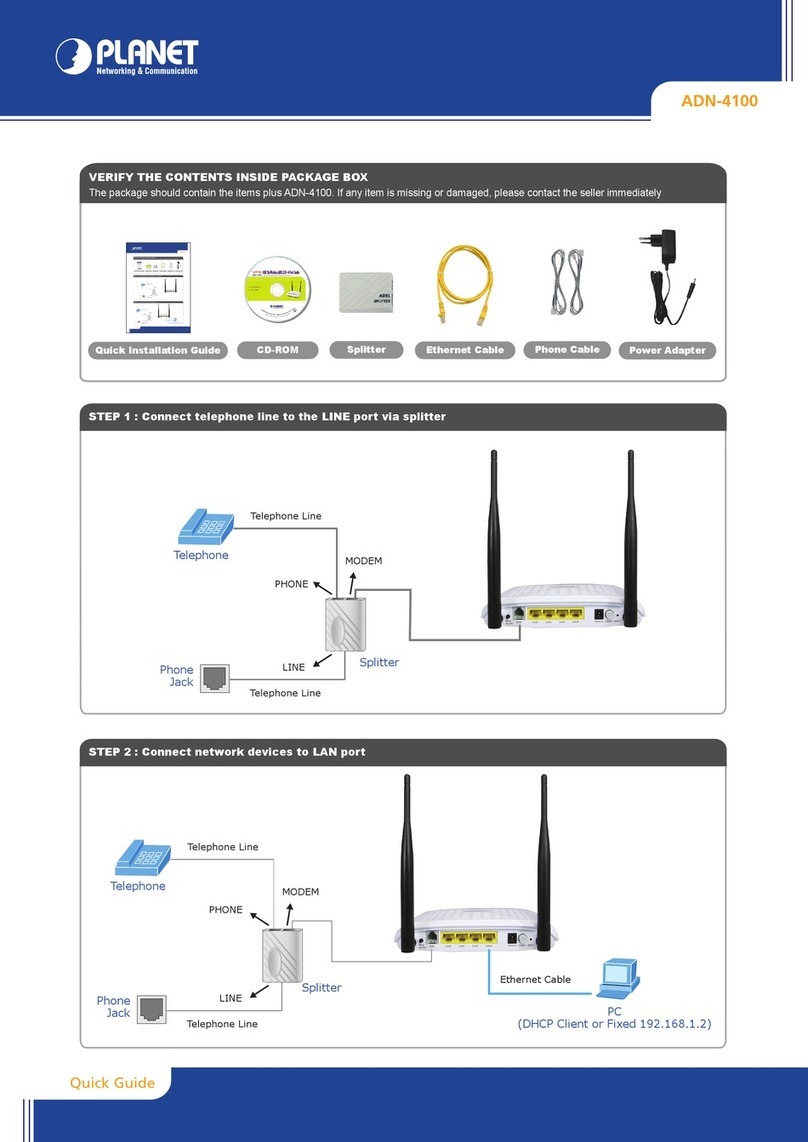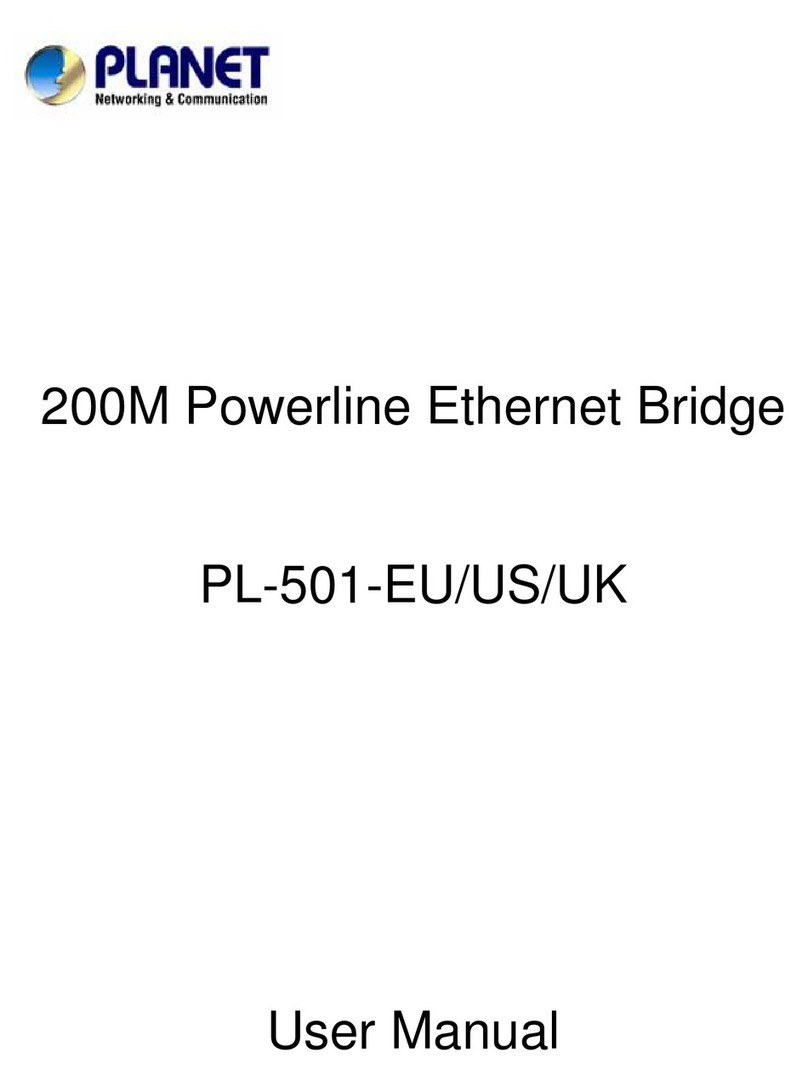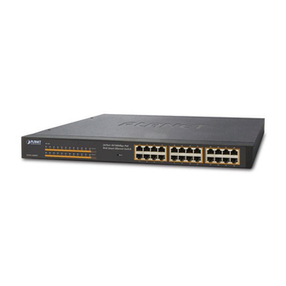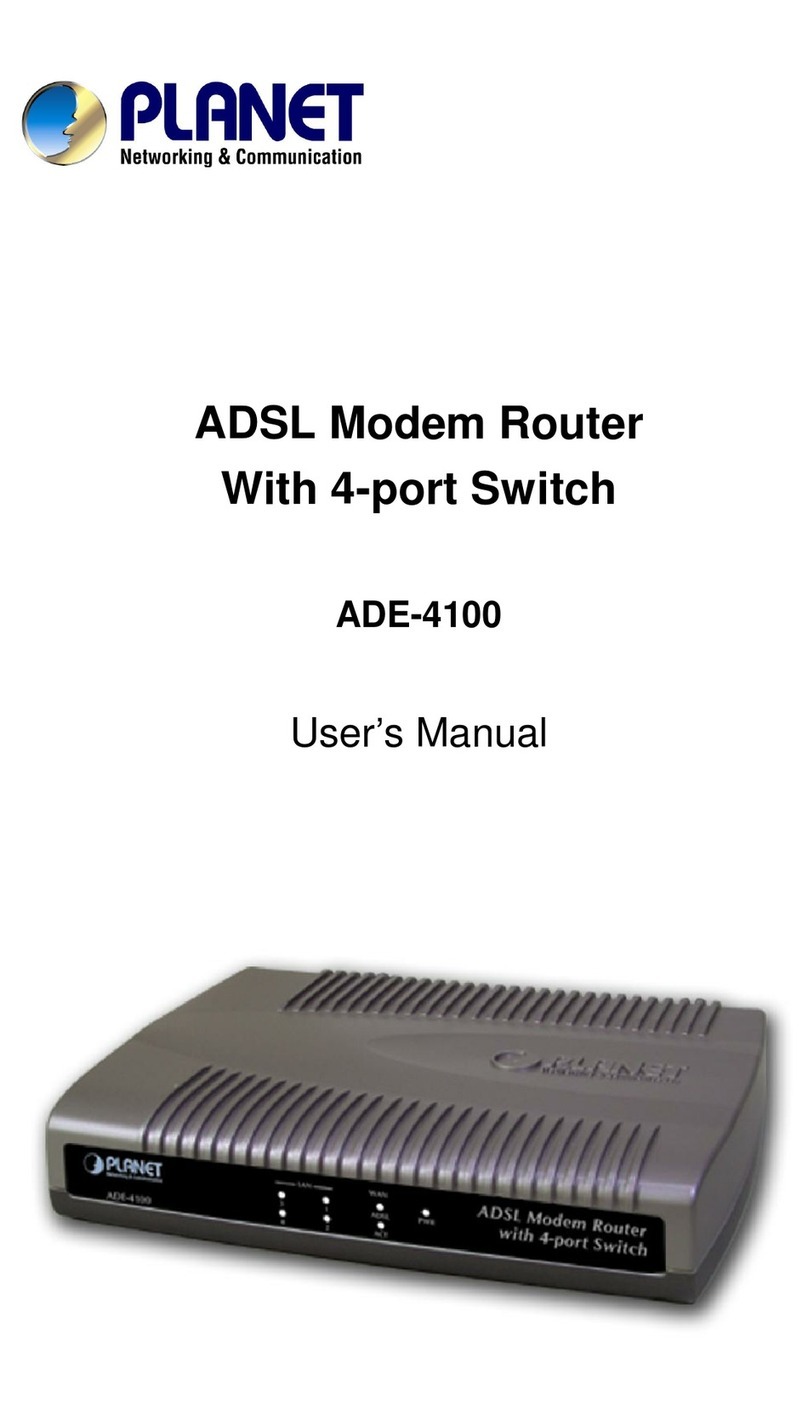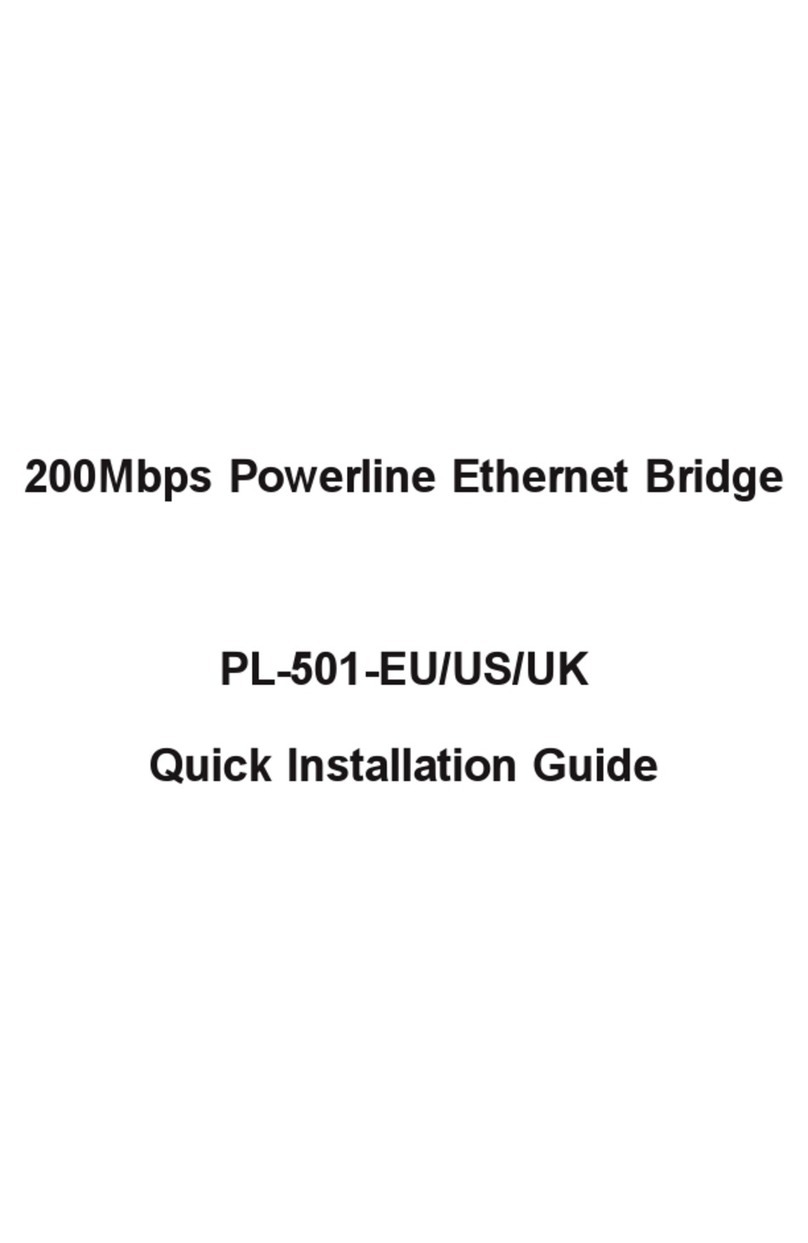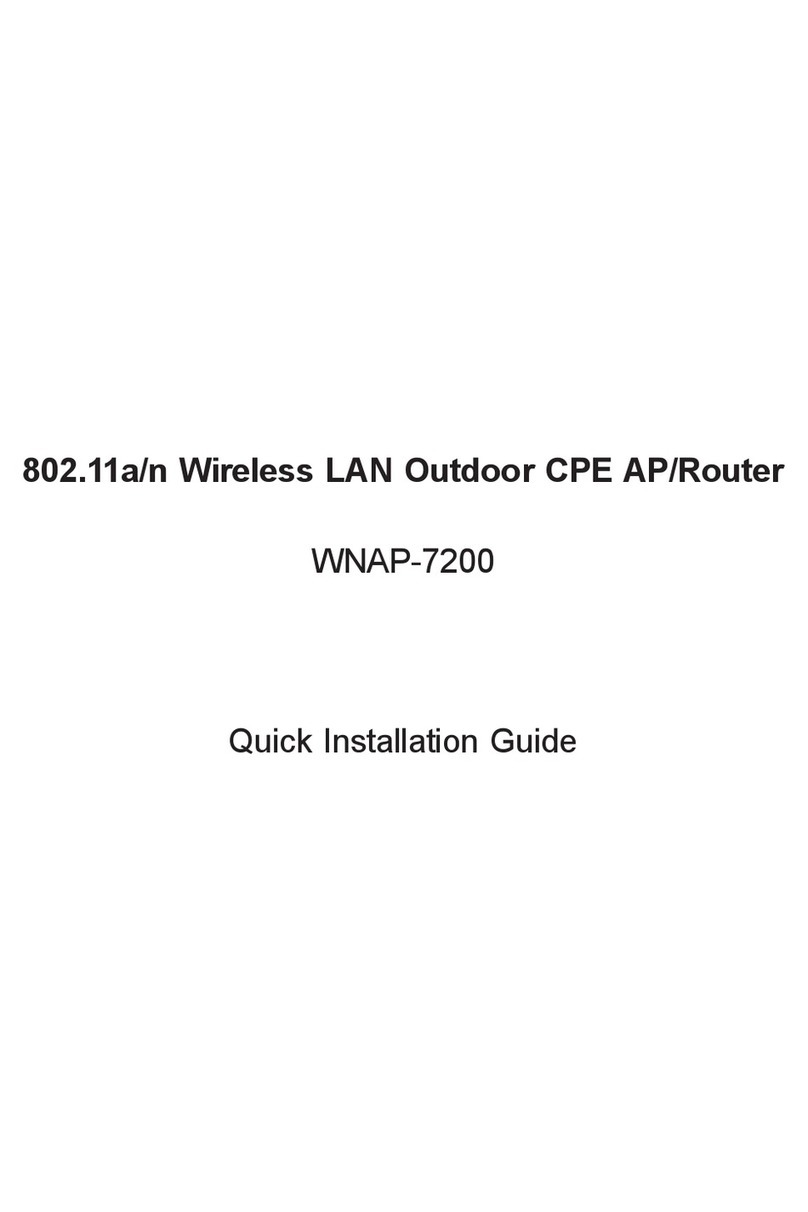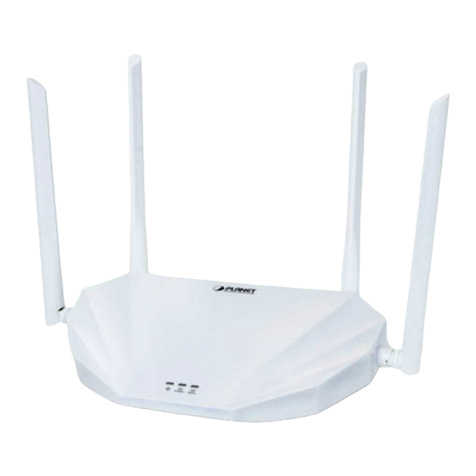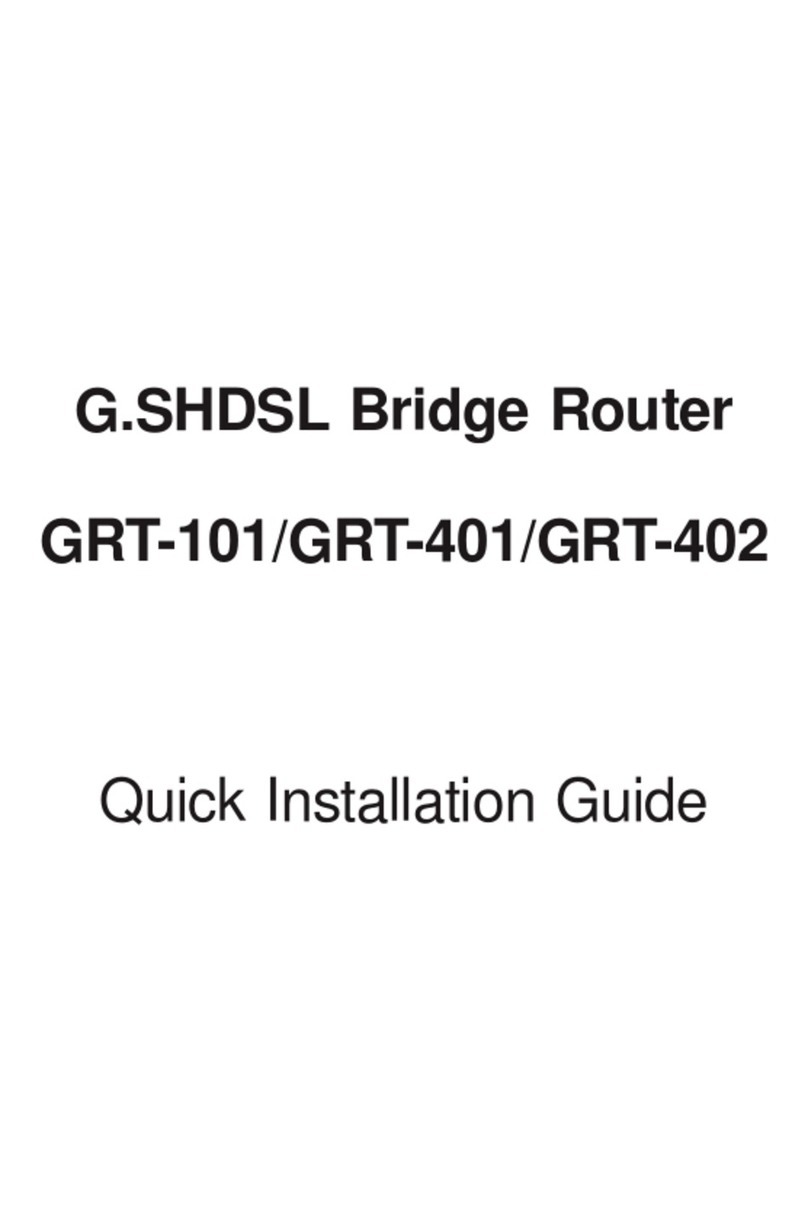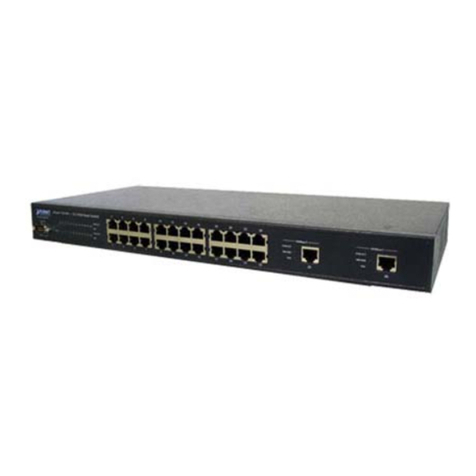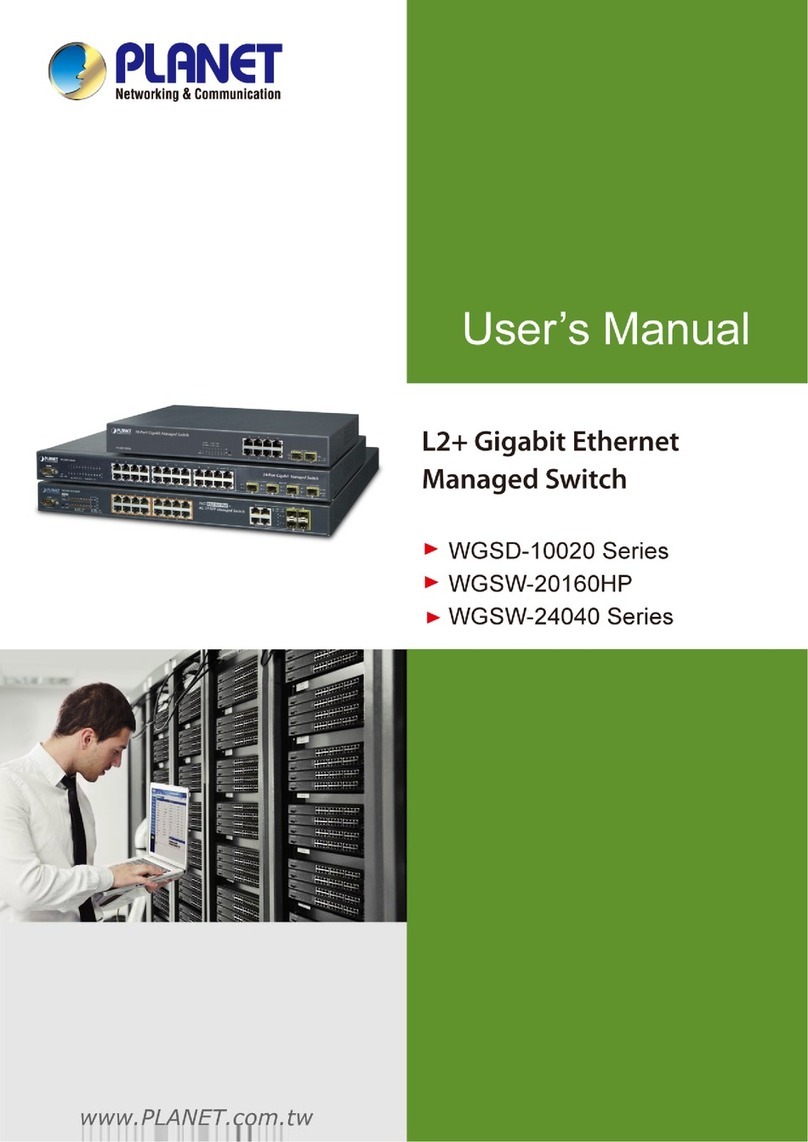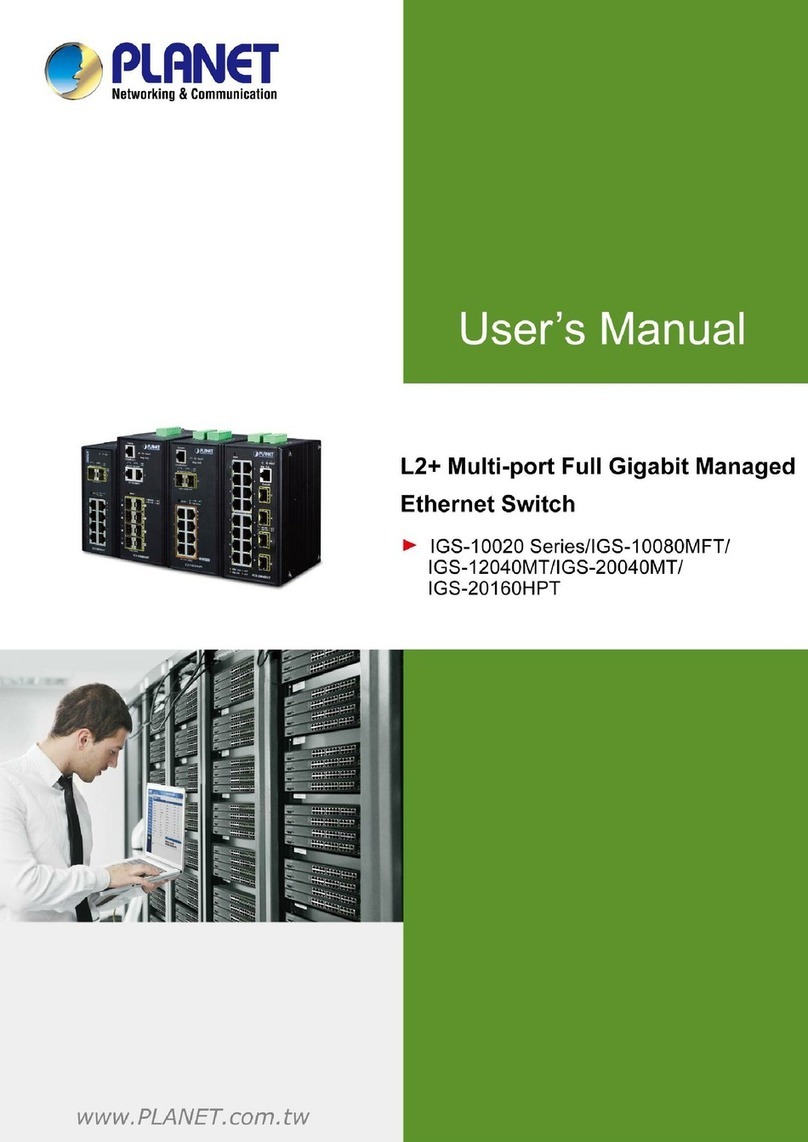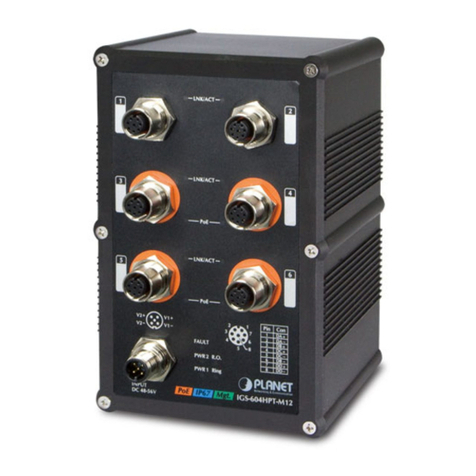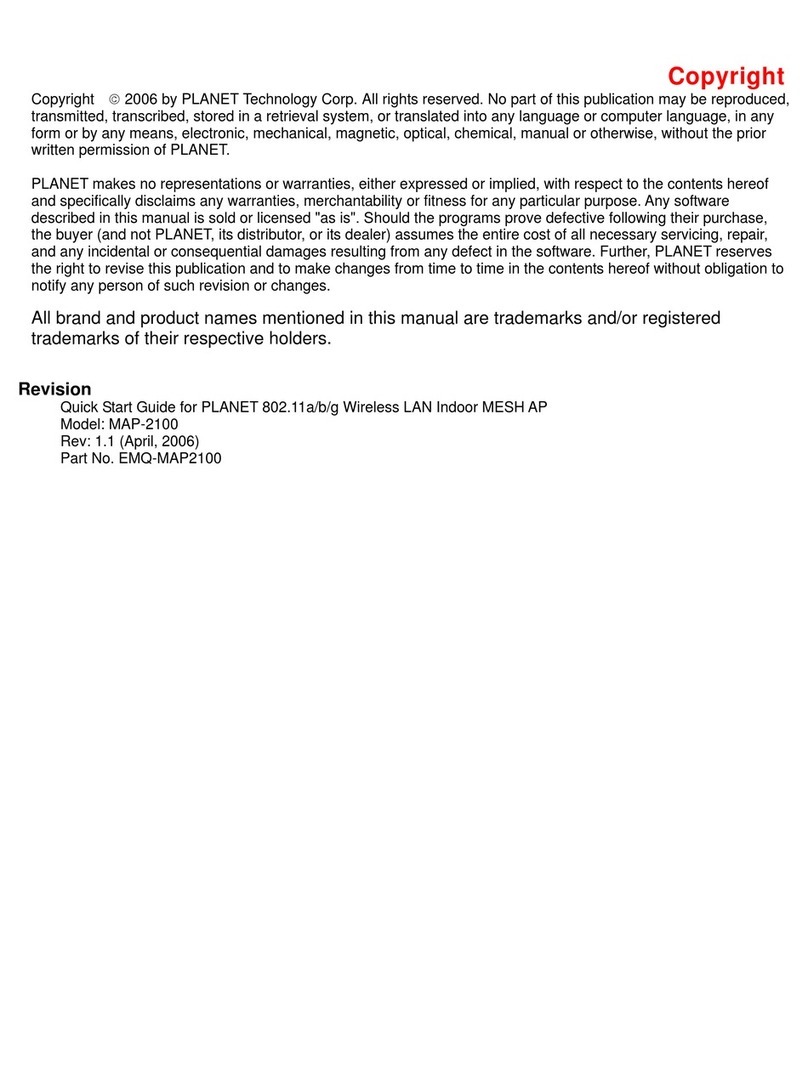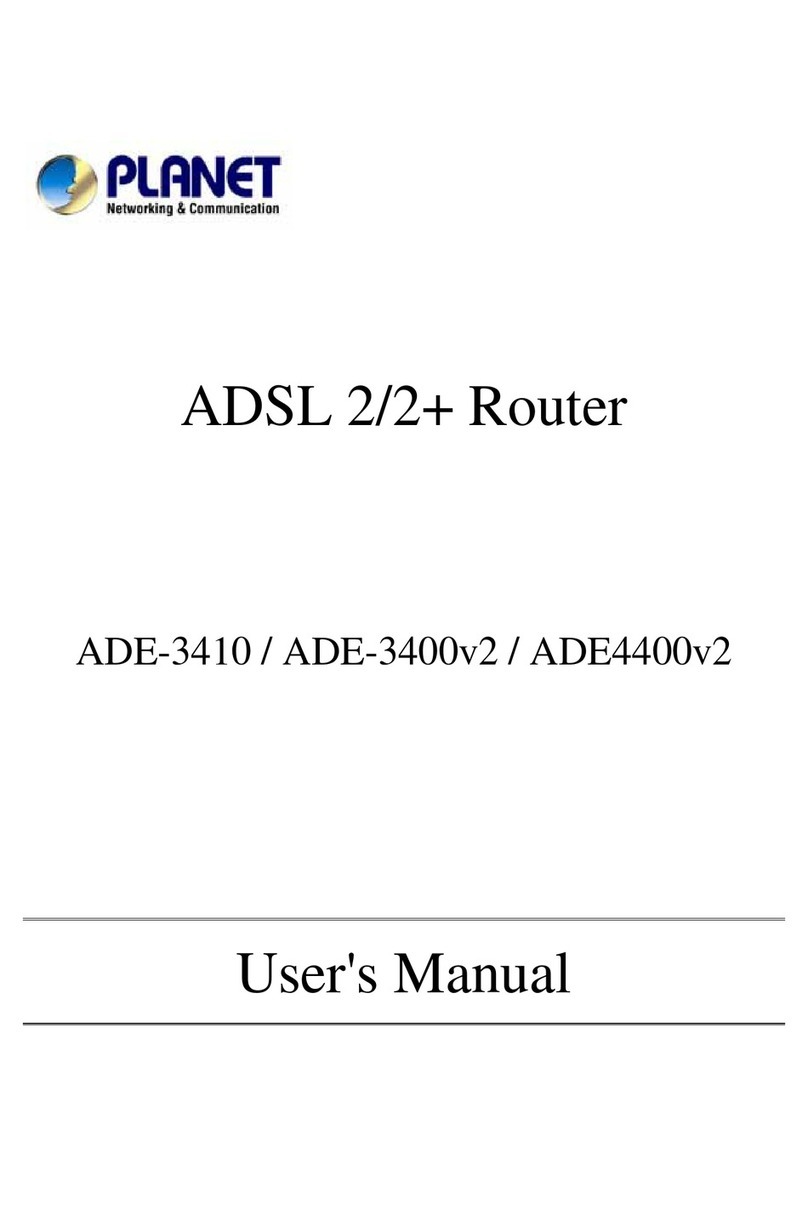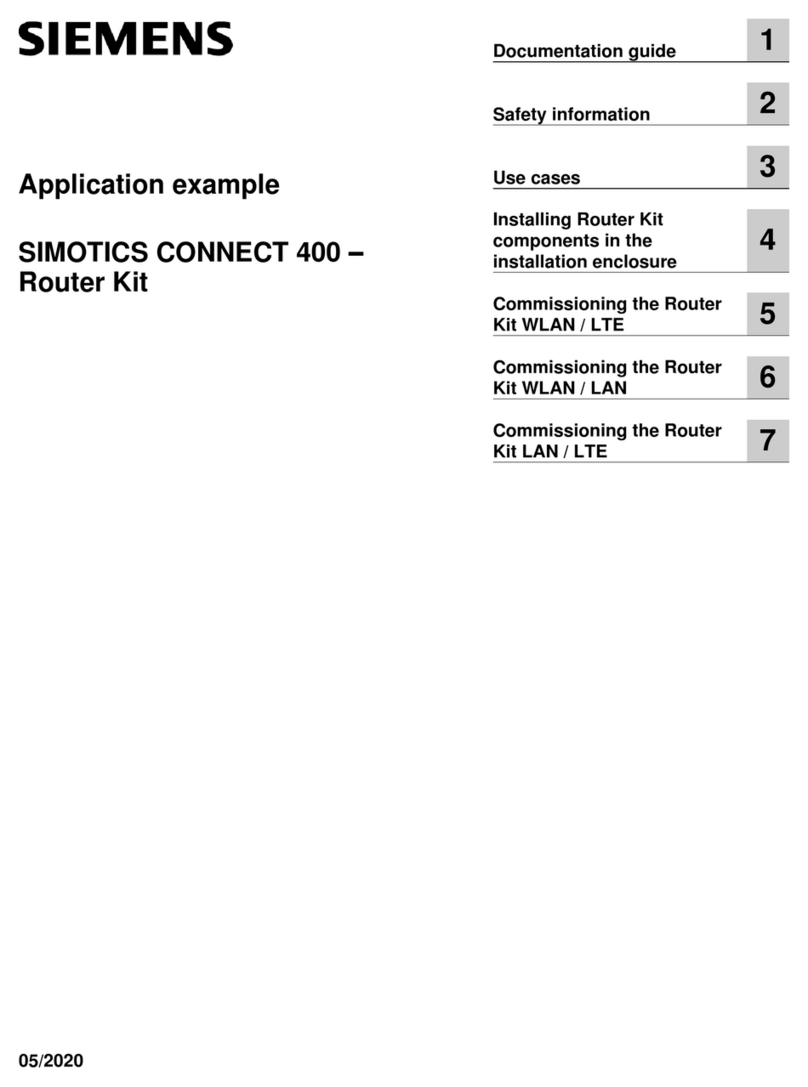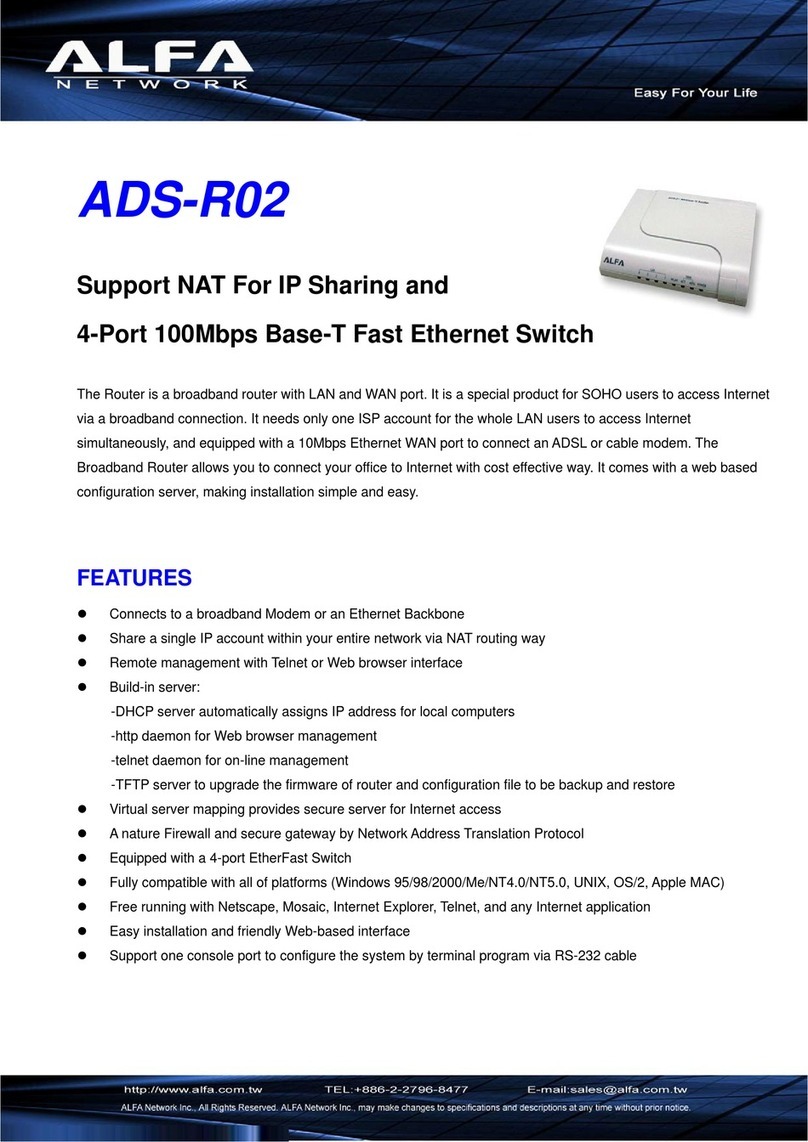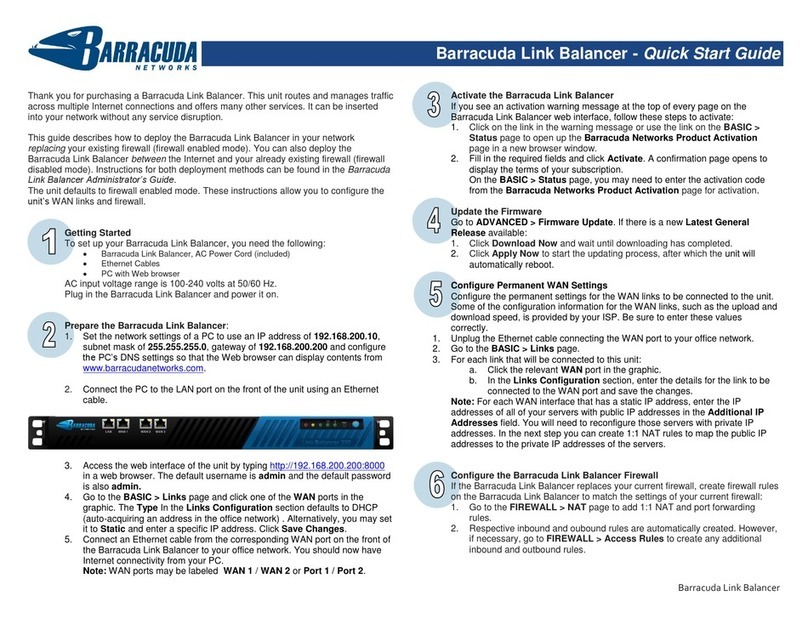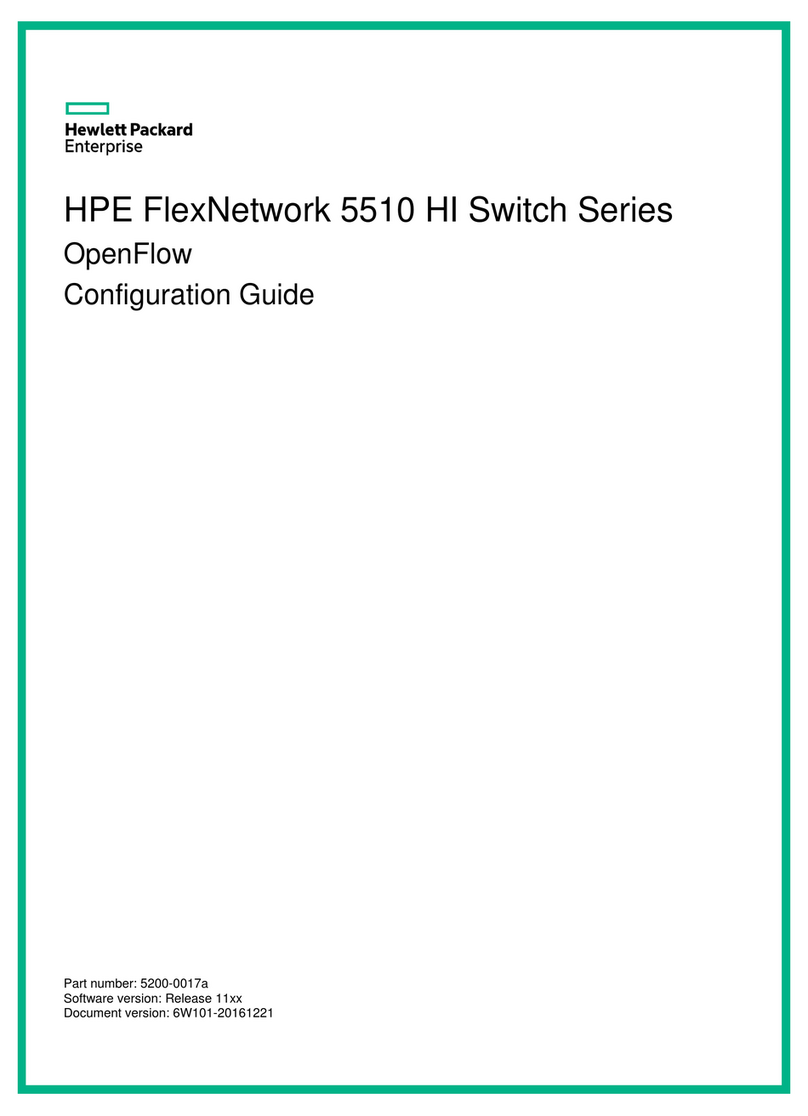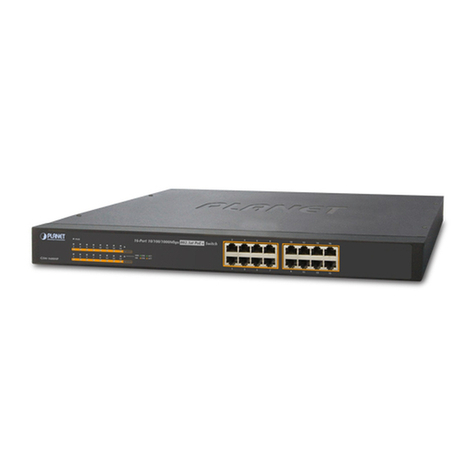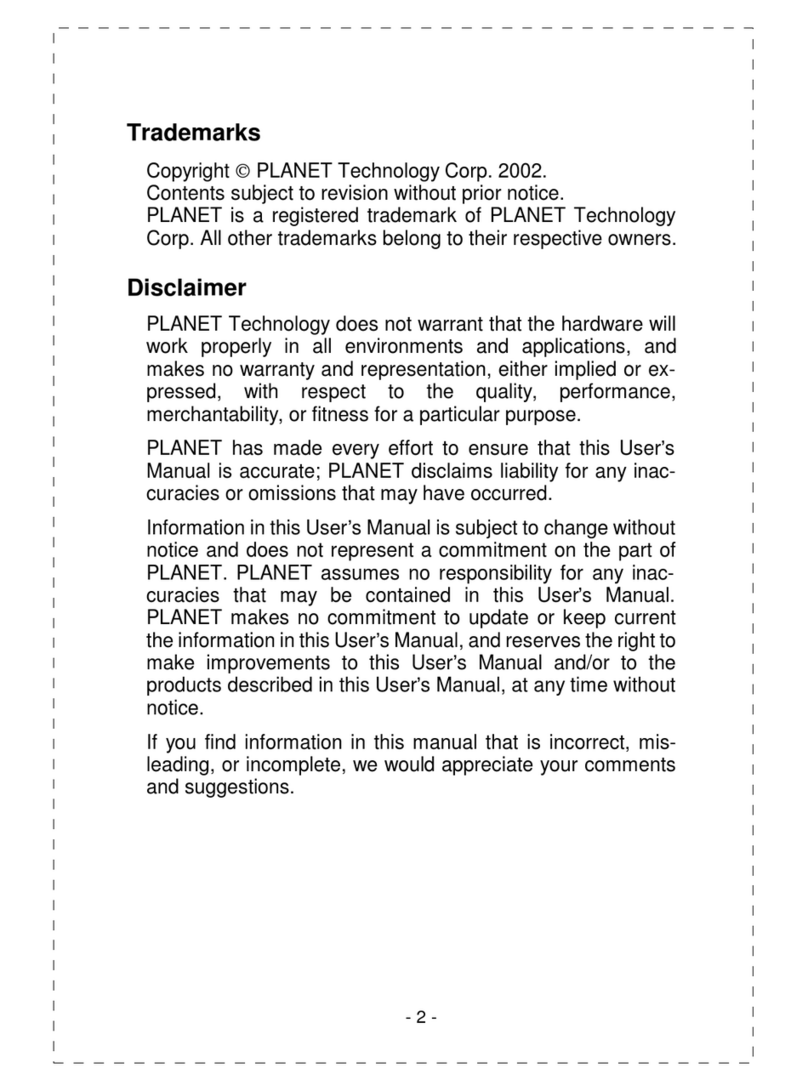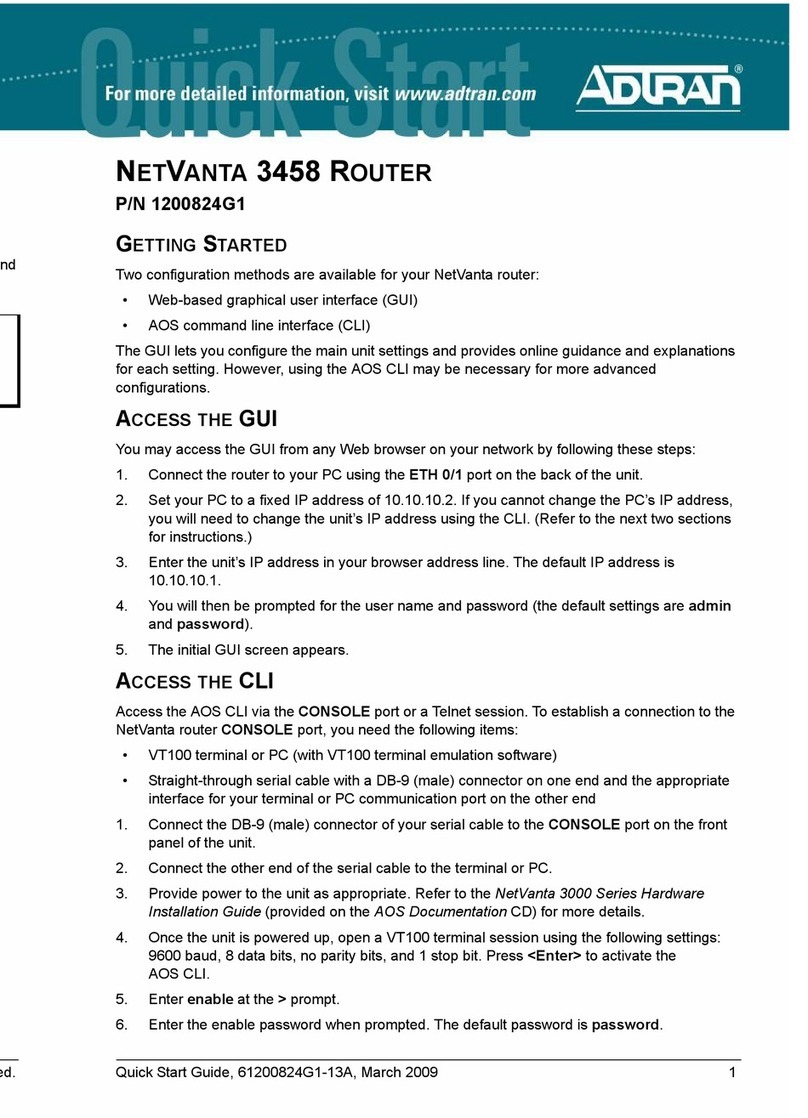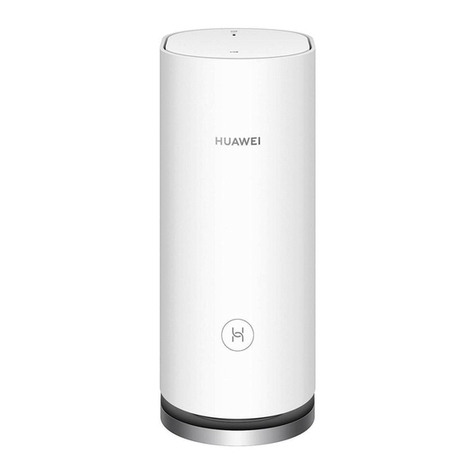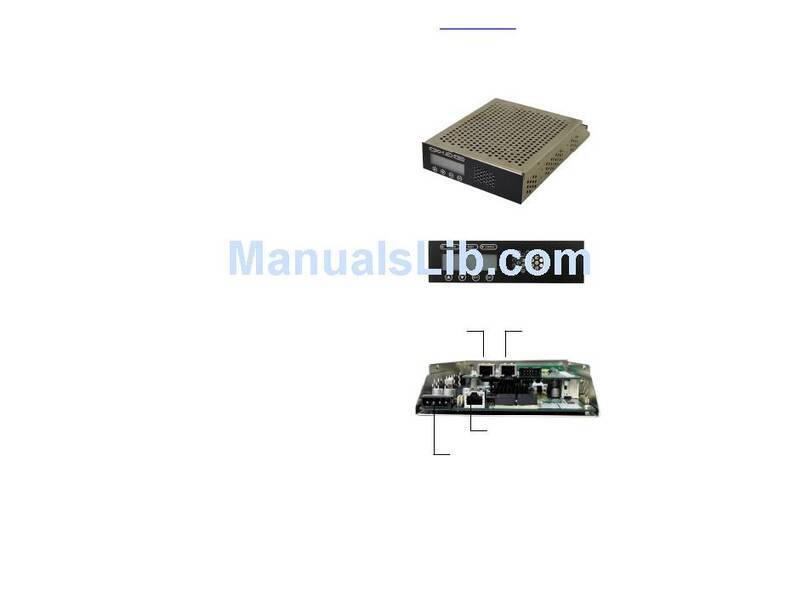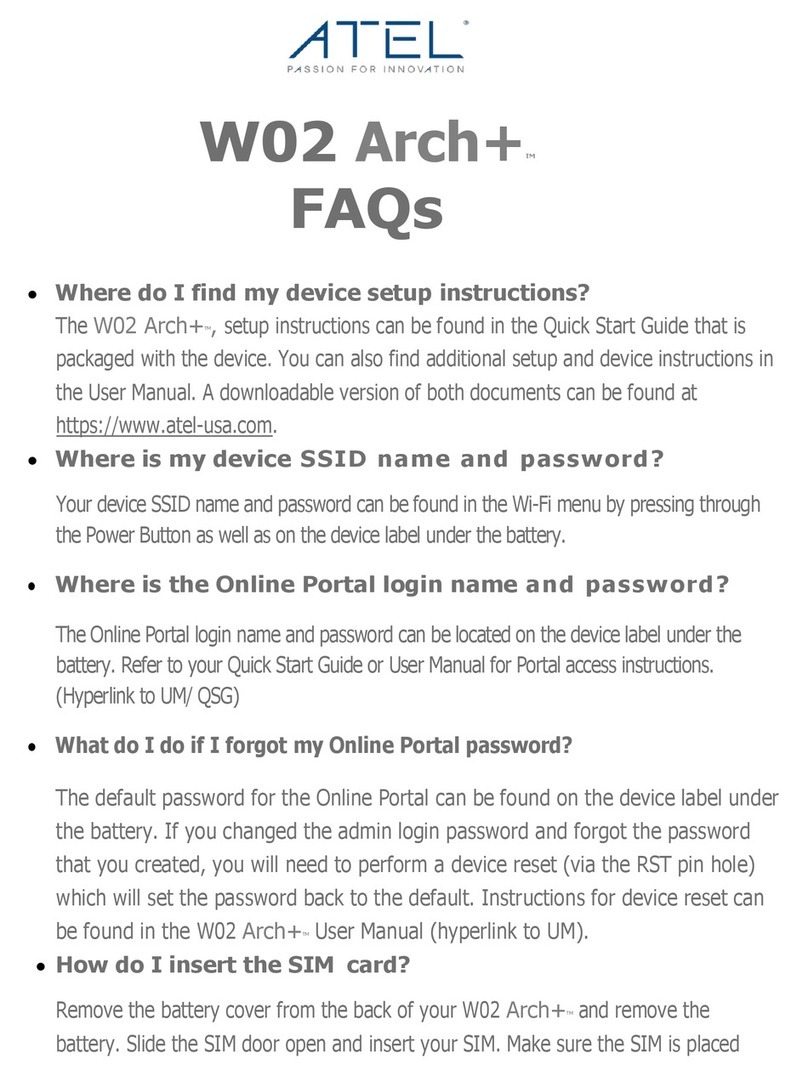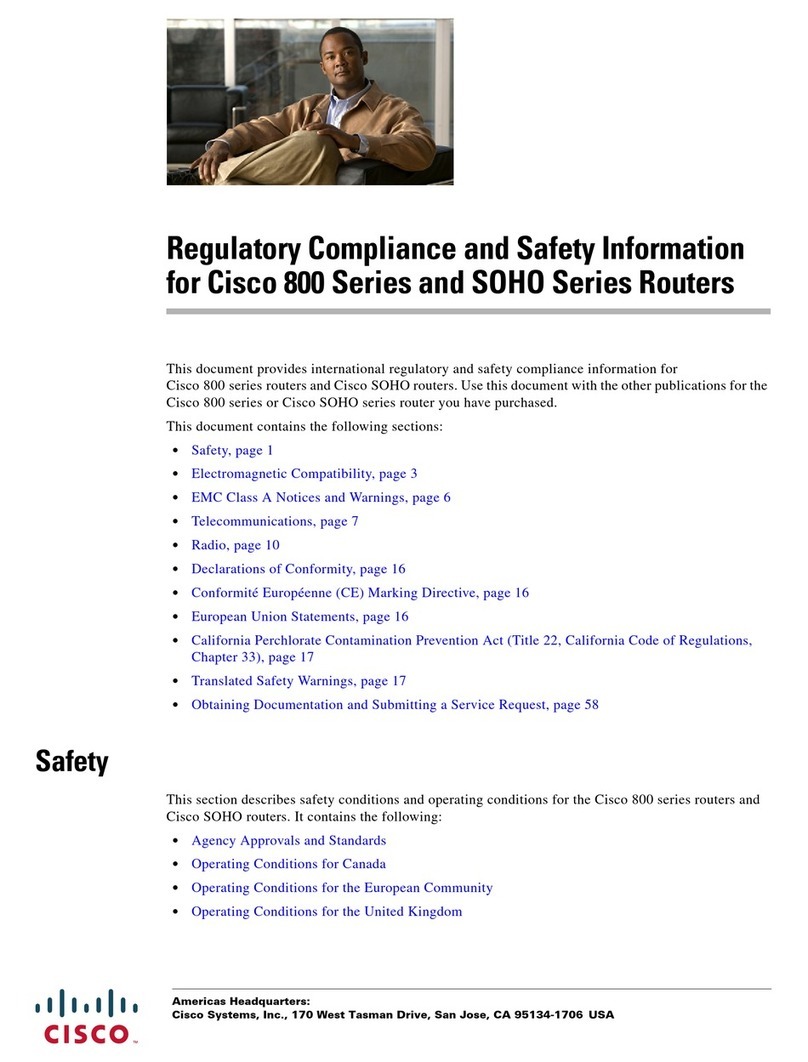
User’s Manual of IGS-20040MT
4. WEB CONFIGURATION......................................................................................................48
4.1 Main Web Page...........................................................................................................................................51
4.2 System.........................................................................................................................................................53
4.2.1 System Information..............................................................................................................................................54
4.2.2 IP Configuration...................................................................................................................................................55
4.2.3 IP Status ..............................................................................................................................................................57
4.2.4 Users Configuration .............................................................................................................................................58
4.2.5 Privilege Levels ...................................................................................................................................................61
4.2.6 NTP Configuration ...............................................................................................................................................62
4.2.7 Time Configuration ..............................................................................................................................................63
4.2.8 UPnP ...................................................................................................................................................................65
4.2.9 DHCP Relay ........................................................................................................................................................67
4.2.10 DHCP Relay Statistics .......................................................................................................................................68
4.2.11 CPU Load ..........................................................................................................................................................70
4.2.12 System Log........................................................................................................................................................71
4.2.13 Detailed Log ......................................................................................................................................................72
4.2.14 Remote Syslog ..................................................................................................................................................73
4.2.15 SMTP Configuration ..........................................................................................................................................74
4.2.16 Digital Input / Output ..........................................................................................................................................75
4.2.17 Fault Alarm ........................................................................................................................................................76
4.2.18 Web Firmware Upgrade.....................................................................................................................................78
4.2.19 TFTP Firmware Upgrade ...................................................................................................................................79
4.2.20 Save Startup Config...........................................................................................................................................80
4.2.21 Configuration Download ....................................................................................................................................80
4.2.22 Configuration Upload .........................................................................................................................................81
4.2.23 Configuration Activate........................................................................................................................................81
4.2.24 Configuration Delete ..........................................................................................................................................82
4.2.25 Image Select......................................................................................................................................................82
4.2.26 Factory Default ..................................................................................................................................................83
4.2.27 System Reboot ..................................................................................................................................................84
4.3 Simple Network Management Protocol....................................................................................................85
4.3.1 SNMP Overview ..................................................................................................................................................85
4.3.2 SNMP System Configuration ...............................................................................................................................86
4.3.3 SNMP Trap Configuration....................................................................................................................................88
4.3.4 SNMP System Information ..................................................................................................................................90
4.3.5 SNMPv3 Configuration ........................................................................................................................................91
4.3.5.1 SNMPv3 Communities ..............................................................................................................................91
4.3.5.2 SNMPv3 Users ..........................................................................................................................................92
4.3.5.3 SNMPv3 Groups........................................................................................................................................93
4
